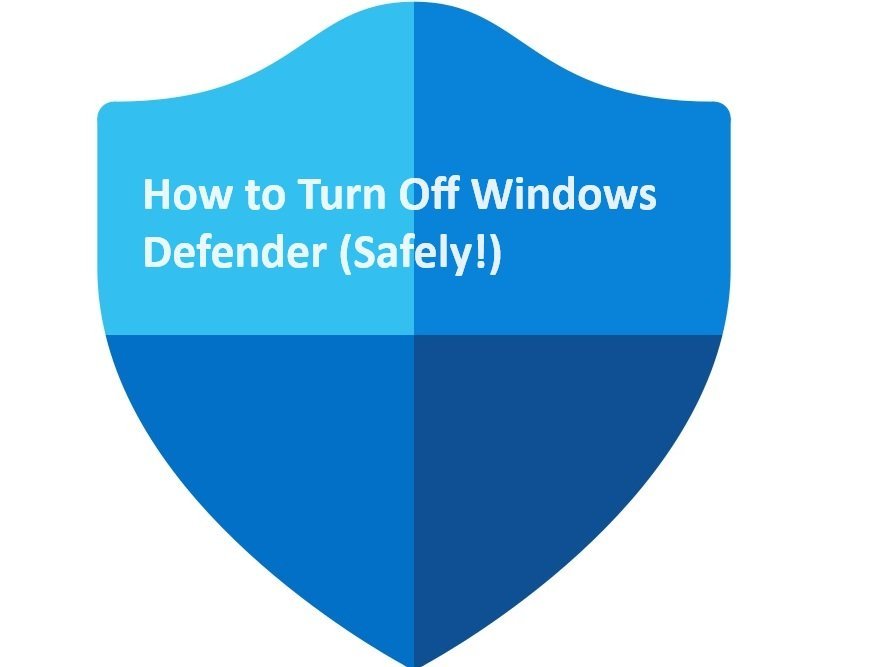
Windows Defender is Microsoft’s built-in antivirus program that comes pre-installed on all Windows 10 and 11 machines. While it’s a decent antivirus solution, some users may find it resource-intensive or prefer to use a different program. In this blog post, we’ll show you how to disable Windows Defender in three different ways, but we’ll also discuss the risks involved and provide some alternative security options.
Before We Begin: A Word of Caution
Disabling Windows Defender leaves your computer vulnerable to malware, viruses, and other online threats. We strongly recommend that you only disable it if you have another reliable antivirus program installed and enabled. If you’re not sure, it’s best to leave Windows Defender on.
Method 1: Using the Windows Security App
- Open the Windows Security app. You can do this by searching for “Windows Security” in the Start menu or clicking on the shield icon in the taskbar.

- Click on Virus & threat protection.
- Click on Virus & threat protection settings.
- Under Real-time protection, toggle the switch to Off.
- A warning message will pop up. Read it carefully and click Yes, turn off real-time protection.
Method 2: Using Group Policy Editor (Pro Users Only)
- Group Policy Editor is a powerful tool for managing Windows settings, but it’s not available in Windows Home edition. If you’re using Windows Pro or Enterprise, follow these steps:
- Open Group Policy Editor. You can do this by searching for “gpedit.msc” in the Start menu.
- Navigate to Computer Configuration > Administrative Templates > Windows Components > Microsoft Defender Antivirus.
- Double-click on Turn off Microsoft Defender Antivirus.
- Select Enabled.
- Click Apply and OK.
Method 3: Using PowerShell (Advanced Users Only)
- Open PowerShell as administrator. You can do this by right-clicking on the Start menu and selecting Windows PowerShell (Admin).
- Run the following command:
PowerShell
Set-MpPreference -EnableRealTimeProtection $false- Press Enter.
Alternative Security Options
If you’re not comfortable with the risks of disabling Windows Defender, here are some alternative security options:
- Use a different antivirus program: There are many reputable antivirus programs available, both free and paid. Some popular options include Avast, Bitdefender, and Kaspersky.
- Enable Windows Security’s other features: Even with real-time protection disabled, Windows Security still offers other valuable features, such as firewall protection and malware scans.
- Be extra cautious online: Practice safe browsing habits, avoid clicking on suspicious links, and be wary of downloading files from untrusted sources.
Remember: Disabling Windows Defender is a big decision. Weigh the risks carefully before doing it, and always have a backup plan for protecting your computer.
We hope this blog post has been helpful! If you have any questions, please feel free to leave a comment below.
Additional Tips
- If you’re having trouble disabling Windows Defender, make sure you’re logged in as an administrator.
- If you’re using a third-party antivirus program, it may automatically disable Windows Defender.
- You can always re-enable Windows Defender later if you need to.
Disclaimer: This blog post is for informational purposes only and does not constitute professional security advice. Please consult with a qualified security expert if you have any concerns about protecting your computer.
By following these steps and taking the necessary precautions, you can safely disable Windows Defender and maintain your computer’s security.